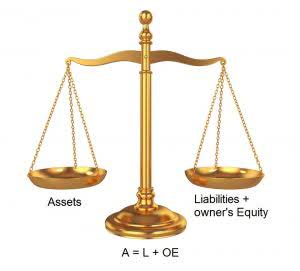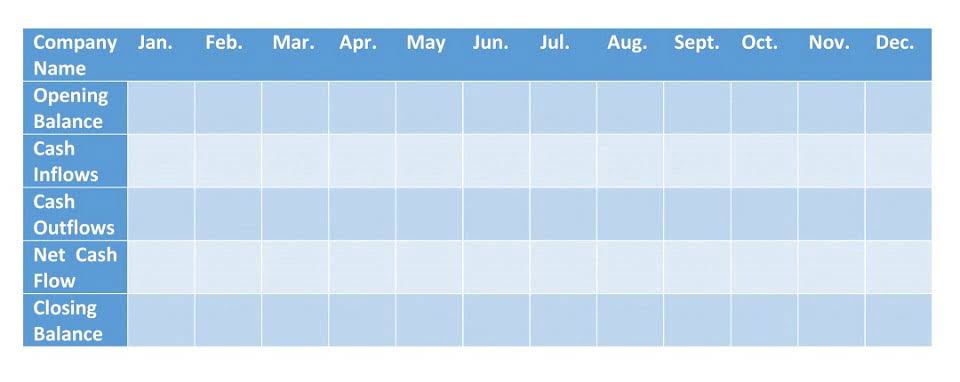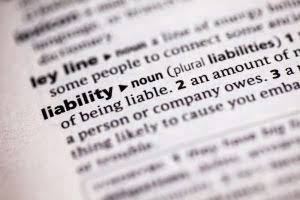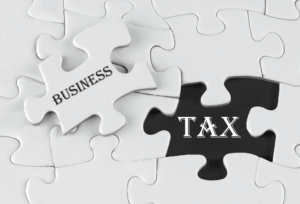
Enrolled agent candidates do not have to take the exam in section order, meaning starting with Section 1 and ending with Section 3. Generally, candidates decide to complete the sections from easiest to hardest. This means that many complete Section 3 first, then go on to Section 1, and then save Section 2 for last. Section 2 has the lowest exam pass rate at around 60%, whereas Part 1 and Part 3 have pass rates of 75-80% and 90% accordingly. If you still haven’t passed, you can take it again in the next testing window; however, passing scores are only valid for three calendar years before they expire8. You’re not allowed to bring any notes or study materials with you to the exam.
How to Interpret Enrolled Agent Exam Questions

Take advantage of our free EA exam resources that will guide you through the process of earning your EA designation. Please allow 60 days for processing ( days if you are a former IRS employee). You may electronically apply for enrollment and make secure payment of the $140 enrollment fee at Pay.gov. Water is allowed in the testing room but it must be in a clear or transparent container with a lid or cap. All labels must be removed, and the container will be inspected for notes or other prohibited test aids. The candidate will need to remove the lid/cap for visual inspection by the Test Center staff.

How many times within a testing window can you take each part? (reviewed Oct. 19,
Candidates may take breaks to access food and beverages stored in their locker. Learn more about why we’re the No. 1-rated EA Exam Review provider. To make intimidating computations a breeze, memorize the formats of basic enrolled agent exam passing score tax calculations for individuals and various types of business entities. Are you smart, organized, detail-oriented, and always ready to learn? Do you believe in holding to the highest ethical standards possible?
- It’s important to note that these fees are subject to change, and candidates should refer to the IRS website for the most current information.
- You must fulfill certain requirements to keep your hard-earned Enrolled Agent designation active and in good standing.
- We’ll start with what exactly Enrolled Agents do so you can decide if it sounds like a good career fit and figure out whether passing the EA exam is worth the effort.
- If you struggle to pass a certain section, consider a more stringent study program with top-notch academic support.
- That said, passing the EA Exam still requires time, dedicated study, and expert guidance.
Prepare for the Enrolled Agent Exam
An enrolled agent is a top tax professional, so the exam is comprehensive and challenging. You can register to take the exam on the Prometric website and schedule a time to take each part of the special enrollment exam. You do not have to take all the parts at the same time or even in a particular order. It’s easy to get caught up on complicated calculation questions, and there’s a good chance you’ll run into questions that are completely out of left field. Instead of spending extra time trying to figure them out, skip and move on to questions you do know. The tax law and IRS publications change constantly; some changes are subtle and some changes.
- The other two exams are the CPA exam and the Bar exam, both of which have significant educational requirements which must be met before you can sit for the test.
- These free resources will give you a good overview of the individual tax return process.
- Each part is taken individually and consists of 100 questions, with a 3.5-hour duration allocated.
- If you pass, the score report will show a passing designation.
- But to earn this credential, you first need to pass the IRS’s Special Enrollment Exam, more often called the Enrolled Agent Exam.
- You are allowed to take each part up to four times between May 1 and February 28, and you have a two-year window from when you pass one part to pass the remaining two.
- The EA exam is graded on a scale of 40 to 130 points, with the IRS setting the passing score at 105 points.
Each exam part has 100 multiple-choice questions, split into two sections of 50 questions each. Only 85 of these questions are scored, while the remaining 15 are termed “experimental questions,” covering topics that may later be integrated into the scored questions of the exam. However, you do not know which questions are scored and which are experimental and should answer all 100 questions to the best of your ability.

Enrolled Agent Exam Questions
The IRS extended this period Opens in new window to three years to provide added flexibility during the COVID-19 pandemic. Each of the three EA tests has 100 multiple-choice questions and a 3.5 hour testing time. The Enrolled Agent test is administered at Prometric testing centers, which are located in the US and internationally. You must apply for enrollment within one year of the date you passed the third examination part.
Using IRS Experience
- However, passing scores are only valid for three calendar years before they expire6.
- There is a $185 fee to take each part of the three-part exam.
- Therefore, the process of becoming enrolled via IRS experience will last at least that long, maybe longer.
- The candidate has until Feb. 15, 2025 to pass all other parts of the examination or will lose credit for Part 2.











